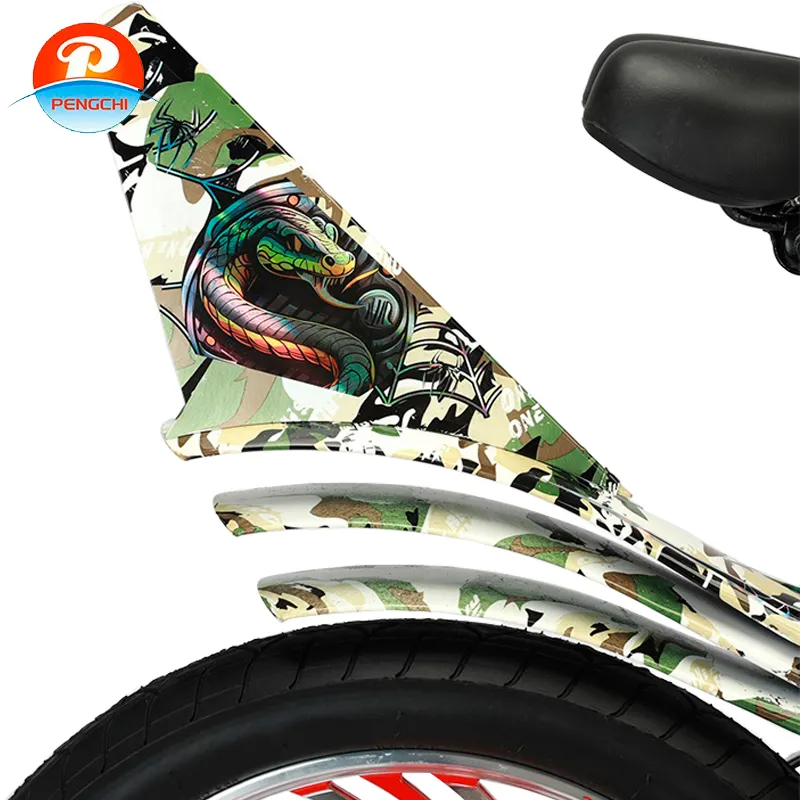
-
 Afrikaans
Afrikaans -
 Arabic
Arabic -
 Belarusian
Belarusian -
 Bengali
Bengali -
 Bulgarian
Bulgarian -
 Croatian
Croatian -
 Czech
Czech -
 Danish
Danish -
 Dutch
Dutch -
 English
English -
 Finnish
Finnish -
 French
French -
 German
German -
 Greek
Greek -
 hawaiian
hawaiian -
 Hebrew
Hebrew -
 Hindi
Hindi -
 Hungarian
Hungarian -
 Indonesian
Indonesian -
 irish
irish -
 Italian
Italian -
 Japanese
Japanese -
 Javanese
Javanese -
 kazakh
kazakh -
 Khmer
Khmer -
 Korean
Korean -
 Kyrgyz
Kyrgyz -
 Lao
Lao -
 Latin
Latin -
 Luxembourgish
Luxembourgish -
 Malay
Malay -
 Myanmar
Myanmar -
 Norwegian
Norwegian -
 Persian
Persian -
 Polish
Polish -
 Portuguese
Portuguese -
 Romanian
Romanian -
 Russian
Russian -
 Serbian
Serbian -
 Slovak
Slovak -
 Somali
Somali -
 Spanish
Spanish -
 Swedish
Swedish -
 Tagalog
Tagalog -
 Thai
Thai -
 Turkish
Turkish -
 Turkmen
Turkmen -
 Ukrainian
Ukrainian -
 Uighur
Uighur -
 Vietnamese
Vietnamese
Oct . 31, 2024 07:09 Back to list
choosing the right mountain bike
Choosing the Right Mountain Bike A Guide for Beginners
Selecting the perfect mountain bike can be an overwhelming task, especially for beginners. With numerous brands, styles, and features available, it’s crucial to understand your needs and preferences before making a purchase. This guide will help you navigate the various considerations involved in choosing the right mountain bike, ensuring that you get the most enjoyment out of your riding experience.
1. Determine Your Riding Style
Before diving into the specifics, it’s essential to identify your intended riding style. Mountain biking can encompass various terrains and activities, such as cross-country, trail riding, downhill, and enduro. Each style has its own set of requirements in terms of bike design and components
- Cross-Country (XC) Bikes These are lightweight and efficient, designed for speed and climbing. They are ideal for riders who enjoy long-distance rides on well-maintained trails. - Trail Bikes A versatile option that balances climbing ability with downhill performance. They often have a moderate amount of suspension travel and are suitable for all-around riding. - Downhill Bikes These bikes are built for steep, aggressive descents. They feature heavy-duty frames and ample suspension to absorb shocks from rocky terrain. - Enduro Bikes Combining elements of both trail and downhill bikes, enduro bikes are designed for racing over varied terrain, offering a balance between climbing efficiency and descending prowess.
2. Frame Material
The frame material significantly affects the bike's weight, durability, and ride quality
. Common materials include- Aluminum The most popular choice for its lightweight and cost-effective nature. Aluminum frames provide good performance for a wide range of riders. - Carbon Fiber Offering superior strength-to-weight ratios, carbon frames are lightweight and provide excellent vibration damping. However, they tend to be more expensive. - Steel Known for its durability and comfort, steel frames are heavier but can be very resilient and provide a smooth ride.
3. Suspension Type
choosing the right mountain bike

Mountain bikes typically feature two types of suspension hardtail and full-suspension.
- Hardtail Bikes These have a front suspension only, making them lighter and more efficient for climbing. They are suitable for smoother trails and less technical terrain. - Full-Suspension Bikes Equipped with both front and rear suspension, these bikes offer better shock absorption on rough terrain. They are ideal for aggressive riders and technical trails but tend to be heavier and more complex.
4. Wheel Size
The size of the wheels can significantly influence your riding experience. Common sizes include
- 26-inch Older standard size, good for maneuverability. - 27.5-inch A mid-size option that provides a balance between speed and stability. - 29-inch Offers better rolling efficiency and stability on rough terrain.
5. Test Ride
Finally, never underestimate the importance of a test ride. Most bike shops allow you to take bikes for a spin before purchasing. This hands-on experience is invaluable in determining what feels comfortable and suits your riding style.
In conclusion, choosing the right mountain bike involves assessing your riding style, frame material, suspension type, wheel size, and most importantly, taking the time to test ride different models. By considering these factors, you’ll be well-equipped to find a bike that suits your needs, allowing you to embark on countless adventures in the great outdoors. Happy riding!
-
New Red Anti-theft E-Bike | Easy Ride City Commuter
NewsJul.31,2025
-
BMX 20 Inch Bikes for Freestyle & Street | Fat Tire Options Available
NewsJul.30,2025
-
322 High Quality 26 Inch 21 Speed Adult Mountain Bike OEM MTB
NewsJul.29,2025
-
Specialized Kids Mountain Bikes - Safe, Durable & Fun Riding Experience
NewsJul.29,2025
-
Little Kids Mountain Bike - Lightweight Bikes for Young Riders
NewsJul.29,2025
-
Kids Mountain Bike Trek – Full Suspension for 6 Year Old Riders
NewsJul.29,2025

